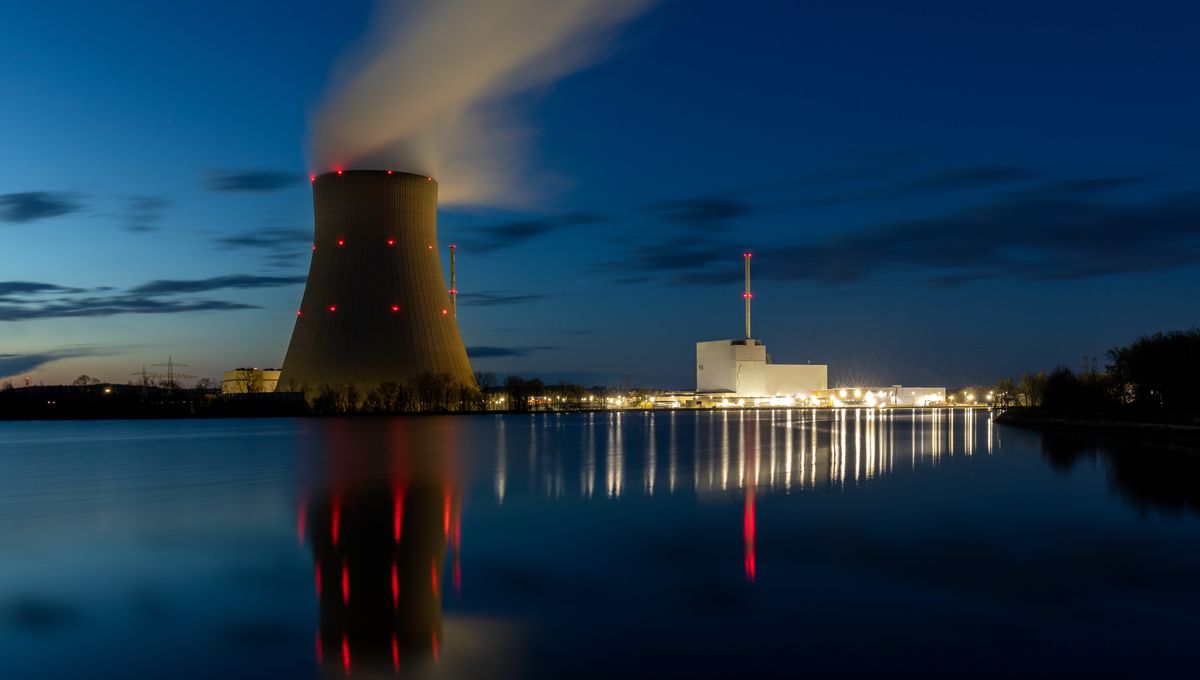
China has created the first large-scale nuclear power station that is apparently resistant to meltdowns. Although this design cannot be fitted to existing nuclear reactors, it provides a model that can be used for any future constructions.
How are nuclear reactors cooled?
Existing nuclear power reactors require powered cooling systems to operate. The nature of these systems may vary between reactor designs – most use water, but some use coolants like CO2, helium, molten metals, or molten salts – but they all essentially do the same thing: they convey excess heat away from the reactor core.
Water cooling systems are known to provide a high power density which translates to better thermal efficiency (basically the ratio of work output to the total heat energy input in a system), but it has drawbacks. For instance, there is always the chance of an explosion if the reactor experiences a meltdown. This is because, if water pumps lose power, the heat from the reactor fuel rods can split water into explosive hydrogen and oxygen gas.
It was an issue like this that contributed to the Fukushima nuclear accident in 2011, when a loss of power meant the fuel rods – which were flooded – overheated, resulting in an explosion.
Gas-cooled reactors are less liable to explode than their water-cooled counterparts, but they also tend to have lower thermal efficiency.
But regardless of the type of cooling system employed, in the case of an emergency, human intervention is needed to shut down the rector to prevent a disaster. This is generally because the cooling systems rely on external power sources.
What’s special about the new reactor design?
One new(ish) kind of reactor design, known as a pebble-bed reactor (PBR), may have solutions to the issues inherent in older designs. These reactors are “passively” safe, whereby they can shut down on their own if there is any issue with the cooling system.
Unlike other reactors that rely on highly energy-dense fuel rods, PBRs use smaller, low-energy-density fuel “pebbles” in greater numbers. Although they contain less uranium than traditional fuel rods, there are more of them. They are also surrounded by graphite, which is used to moderate the amount of neutron activity in the core. This helps slow down nuclear reactions, resulting in less heat.
As such, lower energy density means excess heat can be spread out across the pebbles and can be more easily transferred away.
This may sound good, but until recently the only PBR reactors in existence were prototypes in Germany and China. However, China has now constructed a full-scale Temperature Gas-Cooled Reactor Pebble-Bed Module (HTR-PM) in Shandong, which became commercially operational in December 2023 and is equipped with these systems.
In order to test them, engineers turned off both modules of HTR-PM at a time when they were operating at full power.
“To confirm the presence of inherent safe reactors on a commercial scale, two natural cooling tests were performed on the #1 reactor module on August 13, 2023 and the #2 reactor module on September 1, 2023,” the researchers write. “During the entirety of the tests, the reactor modules were naturally cooled down without emergency core cooling systems or any cooling system driven by power.”
The results, which have just been published, show that HTR-PM cooled itself, reaching a stable temperature within 35 hours of its power being cut.
Being able to test an operating nuclear reactor by removing its cooling power is extremely unusual. It is only because of the HTR-PM’s unique system that this is even possible, and although further tests will be needed to ensure that the system works correctly, it is hoped this will serve as a model for future reactors elsewhere.
“In summary, the loss-of-cooling tests conducted confirm the inherent safety feature of the world’s first demonstration plant of a HTR-PM,” the team wrote. “To fulfill the climate change mitigation goal, we have initiated new projects aimed at providing high-temperature steam up to 500°C [932°F] and electricity to the petrochemical industry in China.”
“The reactor modules for the commercial plants are designed to adhere to the same standardized design.”
The study is published in Joule.
Source Link: China Has Created The First Ever Meltdown-Proof Nuclear Reactor